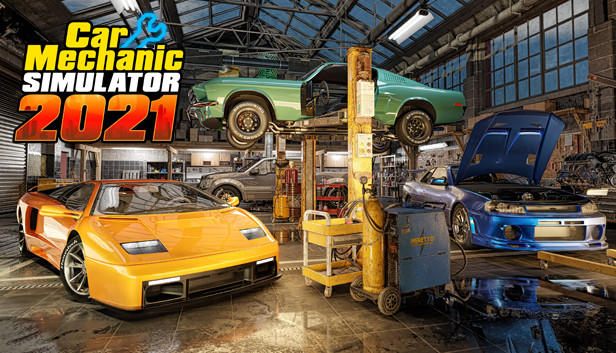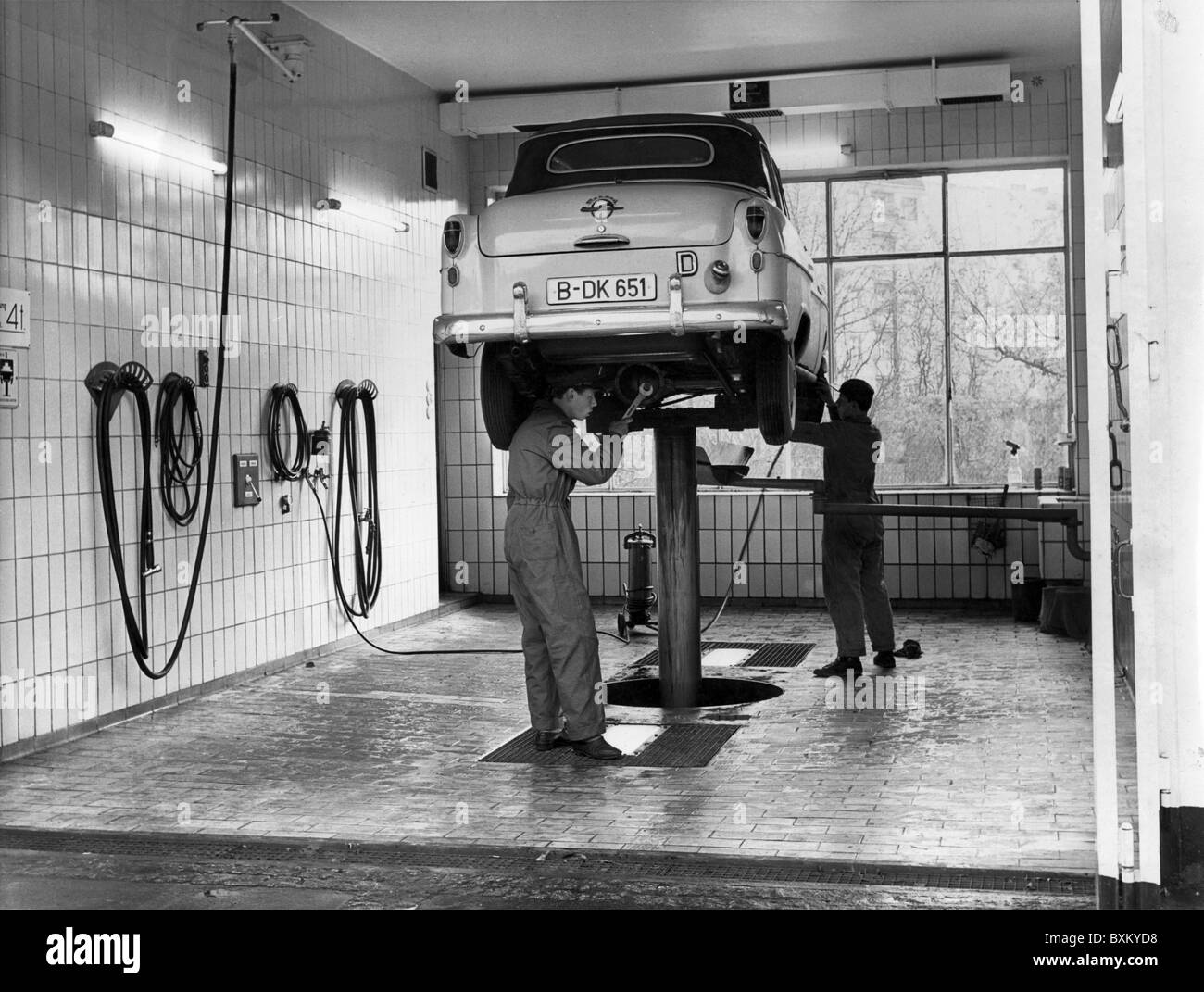
There are many different types of mechanics. Some are car mechanics, some specialize in aircraft repair. Many people are not aware that mechanics who specialize in aircraft repair also work on automobiles. These professionals work on every component of an aircraft from the engine to its brakes. They must adhere to all aviation safety rules. The average salary for an aircraft mechanic is lower than the average wage for auto repair mechanics. However, this occupation can also offer higher salaries.
Automotive mechanics
An automotive mechanic services and repairs automobiles. They can specialize in certain makes of cars or work on all kinds of vehicles. An auto mechanic may also work as part of a team working on multiple brands. No matter the brand they work for, auto mechanics do exactly the same thing. They must understand the basic functions of every type of automobile, as well as its components. How does one repair an automobile.
A course in automotive technology teaches students how to maintain both gasoline and diesel cars. They will also learn how visual and auditory inspections can diagnose malfunctions. Automotive mechanics may also use sophisticated test equipment, including engine analyzers or compression testers as well as voltage meters and ohmmeters. To determine the extent of a repair, they may use pressure gauges. Auto technicians are required to pass a certification exam in order to give their students the best skills.

Transmission and brake mechanics
There are many different types of work that a brake or transmission mechanic can do. Transmission and brake mechanics are responsible for servicing heavy equipment and lubricating oil filters. A specialist auto mechanic will be able do more than a general car mechanic. But, it all depends on the person. Transmission mechanics and brake technicians often work with automatic transmissions. These downshift upon the application of brakes. Trucks and heavy-duty vehicles use compressed air for braking power. This process can lead to high kinetic energy being transformed into heat and noise pollution.
One common symptom of a brake problem is a mushy pedal. The reason for the "mushy feeling" of the brake pedal is usually due to air bubbles in the brake lines. Bleeding the brakes takes two people, but may not be the solution. The problem may not be solved if the car's brake fluid level is low.
Industrial machinery mechanics
In this career path, industrial machinery mechanics take apart industrial machines to diagnose their issues. They might use drawings or electronic testing equipment to diagnose the problem. To reach large machines, they might use hoists or cranes. The main tasks of this position are listed in bullet points. For industrial machinery mechanics, it is important to provide enough detail in their job descriptions to attract potential candidates. The goal should be six to eight bullet-points per position. These are some helpful tips to help you write a job description of an industrial machine mechanic.
To become an industrial machine mechanic, you will need a high school diploma or GED and one to two years on the job training. This job requires extensive hands-on experience and classroom instruction. Industrial machinery mechanics can troubleshoot problems and repair defective components after being certified. They may also disassemble equipment and adjust its parts.

Aviation mechanics
There are three types, each with its own unique requirements and responsibilities. These professionals must possess high-level skills and be fit to work. They also need to adhere strictly to safety standards. They can specialize depending on their position. Other types of aircraft mechanics include an Inspection Authorized Mechanic (IAM), who performs annual inspections of aircraft and returns them to service. An IAM needs two A&P licenses, while a Repairman requires a certificate.
Mechanics who perform repairs and maintenance to airplanes can be divided into three categories: airframe and powerplant mechanics, inspection authorization endorsed mechanics, and FAA certified repair station specialists. A&P licenses are most common for aircraft mechanics. However some countries have additional requirements. An A&P license is a specialized certification from the Federal Aviation Administration, indicating that a mechanic has completed all of the necessary training and passed a rigorous exam to become an airplane mechanic.
FAQ
What should I know about car mechanics
Auto mechanics don't require any knowledge. You only need to know how to fix them. It's why many people begin to fix things by fitting brake pads or changing tires.
It is important to be able to read and understand diagrams as well as written instructions. Also, you will need to know how to tell if parts require replacing or repair.
You should not attempt to fix vehicles without proper training and guidance. This is especially true if your job involves expensive parts like transmissions or engines.
Even though you don't need to be an expert on cars, it is important to understand the fundamentals of mechanical engineering and physical physics. This will include understanding the basic principles of engine operation and brake function.
You should also be ready to handle all kinds of situations. One example is when you could be working on a vehicle involved in a serious crash. Experience with accidents and breakdowns is also a must.
You should also be open to learning quickly. In order to be able diagnose and fix problems, you will also need to know how to do simple maintenance tasks such tightening bolts.
What qualifications are required to become a mechanic
To become a mechanic, you'll need to pass a series of exams. These exams include:
-
A general knowledge test
-
Practical exam
-
An apprenticeship test
These tests are designed for you to understand the basic concepts and principles of mechanics before your start as a technician.
Once you've passed these tests, you'll be eligible to work as a mechanic. You'll still need an apprenticeship. This will include training in the trade.
To be able to repair vehicles, you'll need classes or workshops. Working alongside skilled mechanics is also a must.
You'll need a high level of concentration and attention to detail if you want to succeed as a mechanic. You'll need to pay close attention to every aspect of vehicle repairs.
You'll need patience and persistence to become a successful mechanic. If you don’t love to follow instructions, this may not the right career path.
But if you love cars and enjoy fixing them, you could be very happy in this line of work.
Is it difficult to find a job as a mechanic in the automotive industry?
It can be done. Many garages post their vacancies online. Many people apply simply because they think it might make them feel good. To get your foot in front of the door, try applying for a few positions to see if any accept student applications. Ask your friends and family to recommend anyone in the field. They might be happy to recommend someone.
What is the average time it takes to become a mechanic?
You need to have years of experience and practice before you can become a master mechanic. Working under the guidance of a professional mechanic is the best way to learn how repair cars.
You'll have to spend time at a garage learning all you can about cars and mechanics. You will need to read books on mechanical engineering and car design.
Furthermore, you'll need to enroll in auto school.
It's important to start early. It doesn't matter if you're old or not to study automotive technology. You can get certified as a mechanic by getting started right away!
Statistics
- 52% of Mechanics in the United States think their salaries are enough for the cost of living in their area. (indeed.com)
- There were 749,900 jobs available for automotive service technicians and mechanics in 2016, which is expected to grow by six percent through 2026. (jobhero.com)
- According to the BLS, total auto technician employment is expected to exceed 705,000 by 2030. (uti.edu)
External Links
How To
How to properly diagnose and repair your vehicle
The symptoms of your vehicle are the first thing you need to look at in order to determine whether it is in dire need of repairs. Next, you can follow these steps in order to diagnose your car.
-
Check engine lights. Check the dashboard light indicators such as the engine light indicator, the oil pressure gauge, the battery light indicator, the coolant temperature gauge, and the RPM gauge. You may have a problem with your vehicle if any of the indicators are flashing for more than a few days.
-
Inspect the tire treads. Tires that are worn can cause issues with handling and braking. You should inspect the treads on your wheel. They should be clean, and they should be smooth. The best way to do this is to remove the wheels and take them off. A flashlight can be used to check how worn the treads are.
-
Pay attention to the level of your brake fluid. It is important to keep track of how much brake fluid you have in your car. This ensures that your brakes work properly. Your brakes may fail if the brake fluid level drops.
-
Check the suspension system. It is common for vehicles to have a suspension system which absorbs shocks or vibrations. This suspension system provides greater control and smoother acceleration and deceleration. You might notice a wobbly feeling or uncontrollable shaking in your vehicle if it has a problem with its suspension. Try putting some weight on your front or rear axle to determine if you have a suspension problem.
-
Examine the steering wheel. Steering columns connect the steering wheels to other parts of the vehicle. Steering columns can be damaged by accidents. Replace it if your steering column feels loose or unsteady.
-
Observe the exhaust pipe. Exhaust pipes help move gases from the combustion chamber to the atmosphere. Exhaust pipes that are cracked or leaking can allow harmful fumes to enter your cabin. Additionally, your tailpipe should be fixed immediately if it is bent.
-
Take a look under your hood. Check under your hood for any unusual or missing components. Leakage of fluids in your engine could indicate that it is leaking. If you smell something strange coming from your engine compartment you should call a professional technician.
-
Make sure to check the air filter. The air filter in your vehicle collects dirt and dust from the environment. Dirty air filters can cause your vehicle to run poorly. Replace your air filter regularly.
-
Verify the fan belt. The fan belt is the link between the engine and the transmission. If the fan belt fails, the engine won't start. It is very easy to replace your belt. All you need are a screwdriver & pliers.
-
Check the radiator hose and hoses. The radiator hose carries water from the radiator to the engine. If the hose becomes damaged or cracked, hot liquid can be emitted onto the engine. To repair the leaky hose, all you need is a pair if needle-nosepliers.
-
You should inspect the windshield wipers. Windshield wipers use electricity to remove snow and rain. If they stop working, streaks could be left on your glass. Simply change the washer oil to fix the problem.
-
Make sure you check the cables. The battery cables provide power for the electrical systems in your car. Before you change batteries, disconnect the positive cable. Failure to do so can damage your alternator.
-
Check the headlights. The headlights provide illumination for the road ahead. It can lead to poor visibility if they aren't working properly. Inspect the bulbs for signs of burnt out.
-
Check the lights. If you approach other drivers at night, lights will warn them. You could be distracted and cause an accident if one does not work.
-
Check your brakes. Before you collide with another vehicle, brakes will slow down the car. If your brakes aren't working properly, you may lose control and crash into other cars.
-
Make sure to change the oil. Keep your engine lubricated with oil. It protects metal parts and prevents them from wearing too quickly. It is recommended to change the oil once a month.